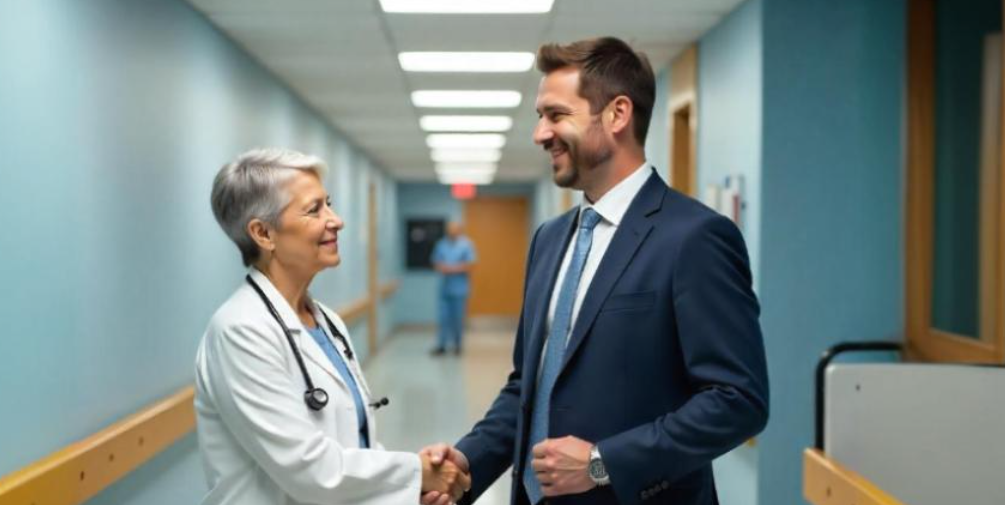Physicians
CategoryWhat Can You Do With a Medical Degree Without Practicing? 8 Non-Clinical Career Ideas
With a quarter of physicians considering leaving clinical practice, more doctors are exploring non-clinical careers that allow them to apply their medical training in new ways. The path from patient care to non-clinical work seemed challenging two…
Networking in Healthcare: Strategies That Boost Careers and Improve Patient Care
Studies show that medical practitioners who build reliable networks get more referrals. This leads to a larger patient base and more profitable practice . Medical professionals know that our field runs on collaboration and knowledge sharing, espec…
Why Successful Clinician Onboarding Makes or Breaks Your Medical Career
Your medical career can take a dramatic turn based on how well you’re onboarded as a clinician. New physicians experience a 10% higher burnout rate during their first five years compared to seasoned colleagues . Healthcare organizations claim to h…
From Burnout to Balance: Switching to a Locum Tenens Career
A locums contract could be your best career move if you’re a healthcare professional who wants more flexibility. Our data shows that 97% of physicians and advanced practice providers say freedom and flexibility are the best parts of their locum te…
Physician Job Interview Questions You Never Expected (But Should Prepare For)
Modern physician job interviews test candidates way beyond their clinical competencies and medical training. Healthcare facilities now look deeper into unexpected areas. They seek doctors who excel at both clinical skills and emotional intelligenc…
These States Offer the Best Healthcare Jobs in 2025 [Salary Guide]
Healthcare jobs will grow faster than most occupations, and registered nursing positions will increase by 6% from 2022 to 2032. The best states for healthcare jobs show remarkable differences in both career prospects and pay scales.
California le…
7 Hidden Contract Traps That Could Cost Physicians Thousands
Doctors can lose thousands in income and miss career opportunities due to hidden traps in their contracts. Most physicians focus on negotiating salary above all else. Yet our research shows they miss vital non-financial terms that affect their job…
Navigating the Physician Job Market: How to Evaluate Roles, Settings, and Fit
Doctors often feel swamped by job options these days. The numbers tell quite a story – 56% of final-year residents get more than 100 job offers. This flood of choices creates its own set of challenges.
Landing the right medical job takes more tha…
A Smarter Way to Grow Your Career in Healthcare, No Matter Your Role
Whether you’re working double shifts in a cardiac unit or balancing telehealth appointments between conference calls, planning your career trajectory probably lands somewhere between “not today” and “ha, good one.” But here’s the quiet truth every…
The Physician Job Market Has Changed: Here’s What You Need to Know
The physician job market has changed by a lot in the last few years. A remarkable 62% of doctors have switched careers since 2022. This massive change shows a profession going through major upheaval, even with doctors and surgeons earning an attra…






![These States Offer the Best Healthcare Jobs in 2025 [Salary Guide]](https://blog.healthjobsnationwide.com/wp-content/uploads/2025/06/2158.jpg)



